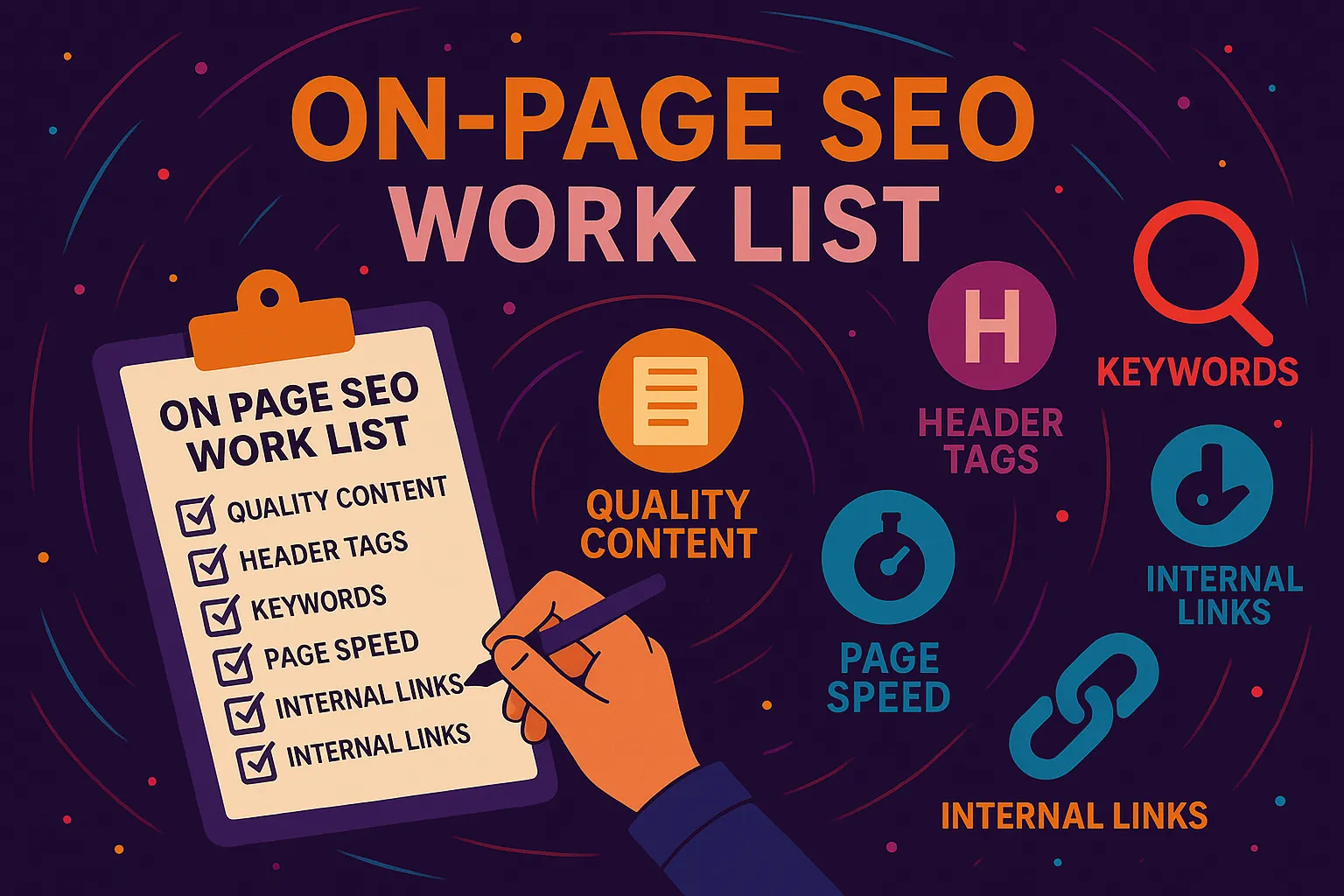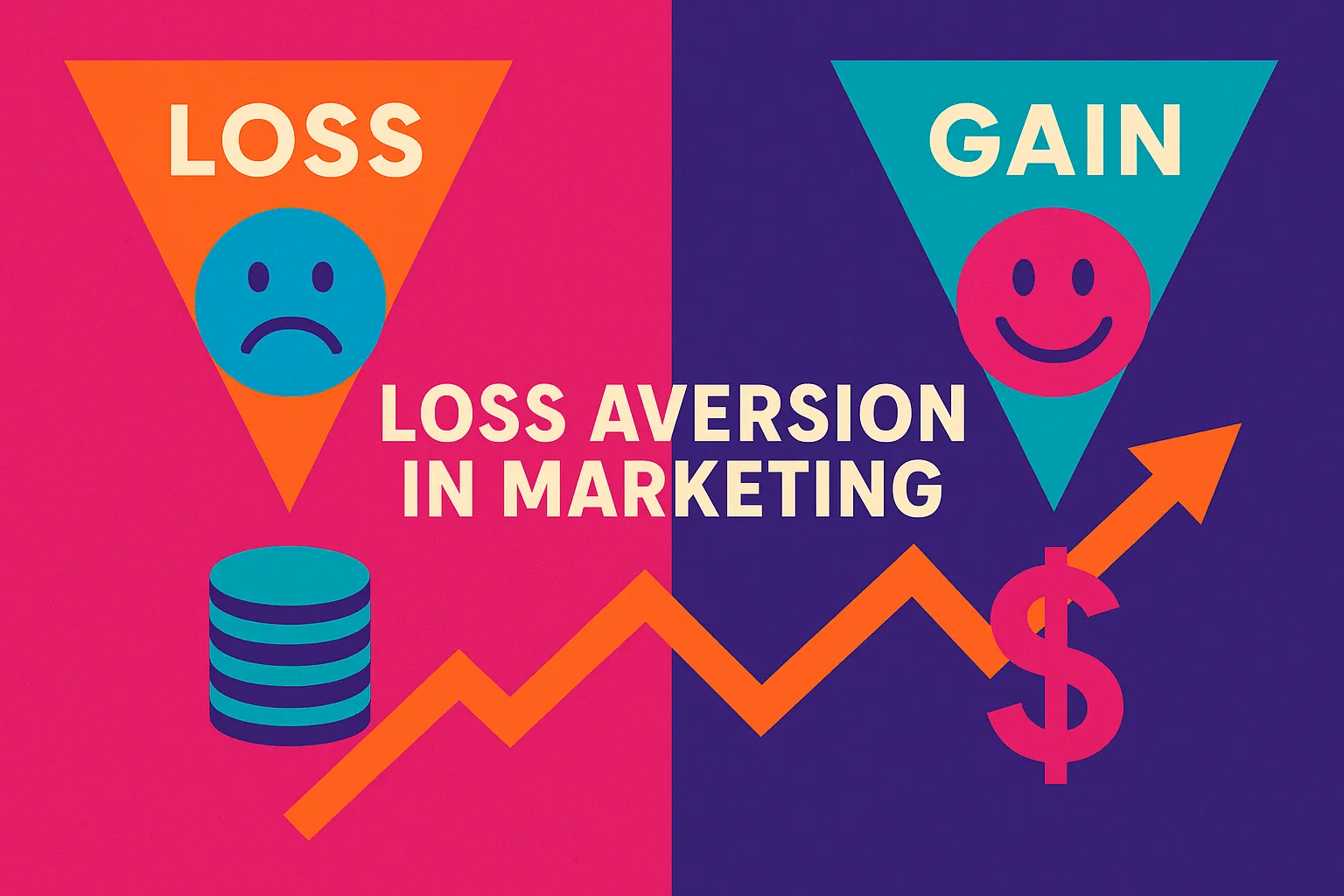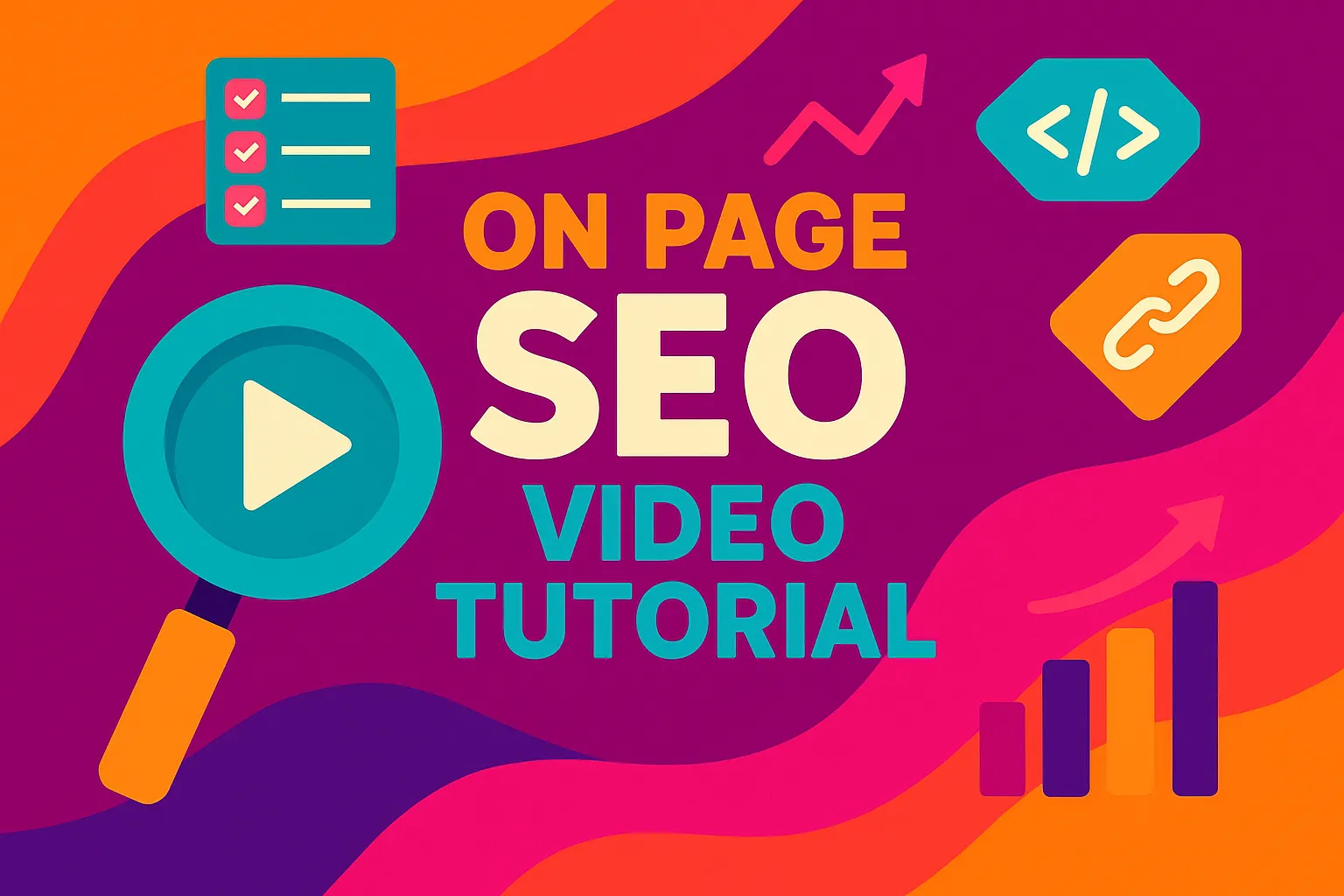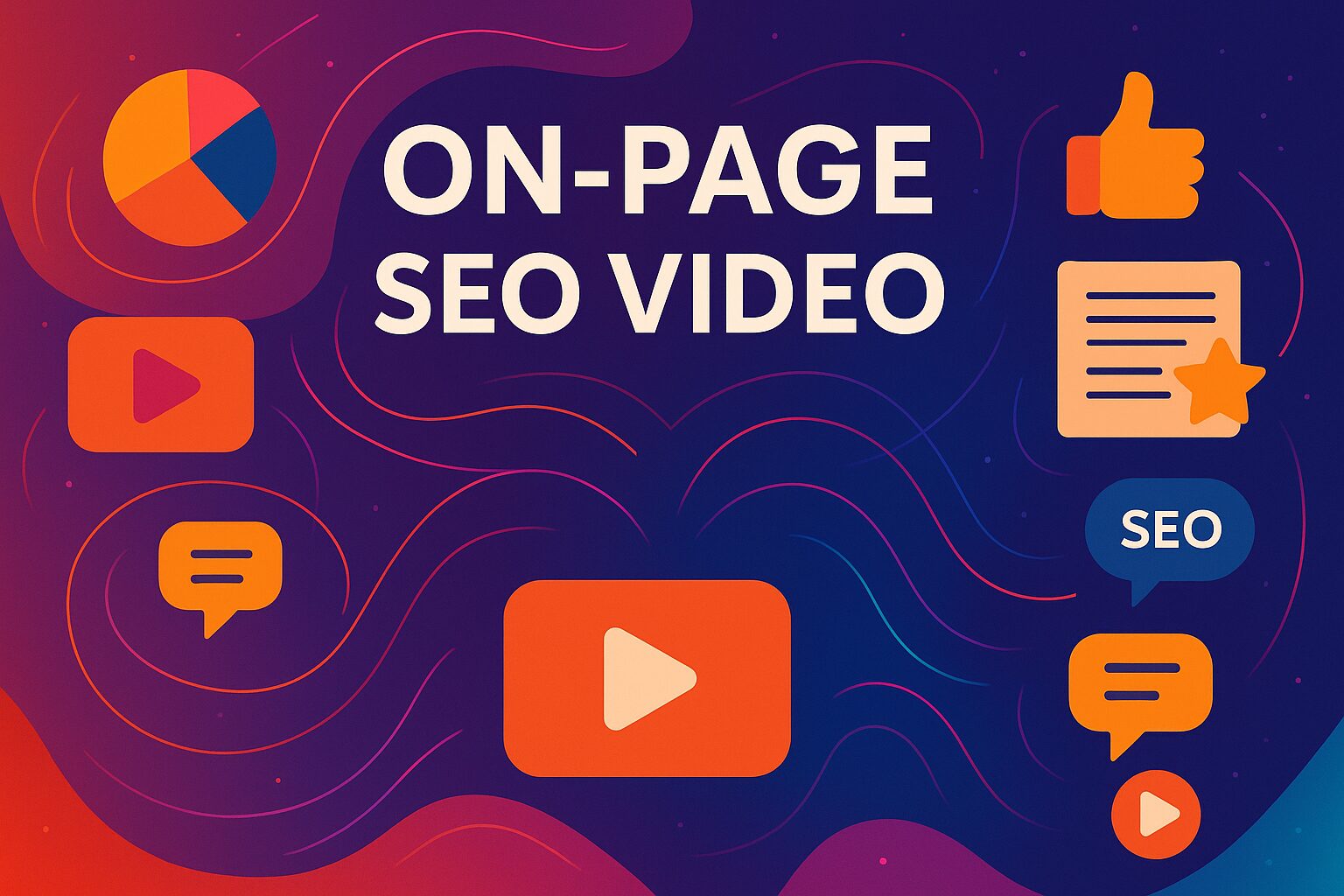What is “seo tech news”?
The term seo tech news refers to the latest updates, innovations, tools, and algorithm changes in the world of search engine optimization (SEO). This includes developments from platforms like Google, Semrush, Ahrefs, and emerging technologies like AI tools such as ChatGPT.
These updates are critical for digital marketers, SEO professionals, and business owners looking to stay competitive in search rankings.
TL;DR – What You’ll Learn in This Post:
- The latest changes in SEO tools like Semrush, Google Search Console, and Ahrefs
- How Google’s algorithm updates are reshaping SEO strategy in 2025
- The impact of AI like ChatGPT and Gemini on SEO workflows
- What’s new in technical SEO, including Core Web Vitals and schema changes
- Actionable strategies to adapt to ongoing changes in the SEO landscape
- How to integrate the newest SEO tech into existing strategies
- Expert predictions to keep you ahead of the SEO curve
The Ever-Changing World of SEO Tools
Over the last 10 years at Vibe Branding, we’ve witnessed firsthand how SEO tools evolve from keyword checkers to full-blown AI-powered intelligence platforms. In early 2025, Semrush launched predictive keyword clustering and real-time SERP volatility tracking.
These features allow marketers to detect sudden shifts in rankings and optimize content before a drop happens. Meanwhile, Ahrefs introduced advanced backlink intent detection, which helps us qualify links faster and improve authority targeting.
Google Search Console has added time-specific performance layers that show how your site performs based on user intent shifts throughout the day. This makes it easier to match searcher moods with content delivery.
One major leap is how tools now integrate directly with AI. Semrush and Jasper AI can now communicate, letting content strategies adapt dynamically.
At Vibe Branding, we’ve started automating content briefs this way, saving us hours each week. These innovations are just scratching the surface of what we see in the world of seo tech news today.
The tools don’t just collect data anymore—they offer adaptive strategies that evolve in real time. Another standout is Screaming Frog’s latest update that allows for JavaScript rendering comparison.
This update gives SEOs a reliable way to spot how bots versus users experience dynamic pages. Our dev team now includes this in every technical audit.
We also noted Yoast’s new schema automation for AI optimization. This ensures entities and relationships are clearly defined for large language models.
All of this is why keeping up with seo tech news isn’t just about reading headlines—it’s about deploying these shifts daily.

Google’s Algorithm Updates: What Really Matters
If you’ve been in the SEO game as long as we have, you know one thing is constant: change. This year alone, Google’s core algorithm updates in Q1 sent ripples across nearly every industry.
Most notably, Google rewrote over 76% of title tags, especially for e-commerce and review-based content. This forced marketers to rethink how they structure headlines to preserve intent while optimizing for CTR.
Another major shift was the update to Google’s Quality Rater Guidelines. These guidelines now aggressively target fake EEAT signals—sites attempting to impersonate expertise through shallow AI content.
We’ve had clients lose traffic overnight simply for overusing AI-generated material with no author attribution. To combat this, we’ve doubled down on authentic bios, credentials, and content that feels human.
It’s become clearer than ever: you must prove your authority with substance, not just strategy.
Google also clarified how its time-based search operators work (“before:” and “after:”). This small change significantly impacts how news content is discovered.
As a content agency, we had to revise our blog post timestamps and internal linking structure. And let’s not forget AI Overviews.
These are now part of Google’s standard SERP experience in select categories like travel, health, and tech. What we’re seeing is that organic listings get pushed below these blocks, often losing precious above-the-fold real estate.
In terms of seo tech news, these changes aren’t just cosmetic—they’re strategic. Additionally, we’ve tracked how these updates impact sectors differently.
Here’s a breakdown we compiled from internal case studies:
Sector | Title Rewrites | CTR Drop | EEAT Penalty Risk |
E-commerce | 82% | High | Moderate |
Healthcare | 63% | Medium | High |
Education | 74% | Medium | Moderate |
SaaS | 68% | Low | Low |
Affiliate Blogs | 90% | High | Very High |
Staying aware of how these algorithm shifts affect your industry is essential for long-term SEO resilience.
AI’s Influence on SEO in 2025
In our digital strategy meetings, one phrase keeps coming up: AI isn’t a tool anymore—it’s a teammate. The world of seo tech news is currently dominated by how large language models like ChatGPT, Claude, and Google Gemini are reshaping how we do our jobs.
One of the biggest breakthroughs this year is OpenAI’s “Memory” feature for ChatGPT. It allows the model to remember previous prompts and context—meaning SEO tasks can be delegated more efficiently without repeating briefings.
At Vibe Branding, we’ve built an internal AI SEO stack using GPT to generate FAQs, rewrite underperforming meta descriptions, and simulate user search queries. This isn’t content spinning—it’s UX design.
Gemini, Google’s new contender, takes things a step further by integrating search data natively into its answers. We tested it on five local campaigns and found a 13% faster indexation rate for LLM-optimized content versus traditional schema-optimized posts.
Google also confirmed that AI Overviews will now include structured data, product cards, and map integration. This means SEO pros must prepare for a visual-first SERP landscape.
We’re already adjusting our featured snippet strategy by prioritizing concise answers, visual metadata, and embedded video. Meanwhile, Claude Sonnet 3.7 was recently benchmarked as the most accurate LLM for SEO ideation.
We used it to plan a topical cluster for a client in real estate and hit a 22% increase in organic traffic within six weeks. AI isn’t eliminating SEO.
It’s optimizing the way we think about it.
New Technical SEO Trends Redefining Visibility
If there’s one thing that keeps our technical SEO team on their toes, it’s Google’s evolving performance metrics. In 2025, Core Web Vitals shifted focus from First Input Delay (FID) to Interaction to Next Paint (INP).
This seemingly minor change had a major impact on how user experience is measured. We ran a dozen site audits in January and found INP directly tied to bounce rate spikes.
For clients with ecommerce platforms, we restructured UI components to lower interaction delay, and saw conversion rates improve within a few weeks. Client-side versus server-side rendering has also become a hot topic again.
Google’s Martin Splitt recently confirmed SSR (server-side rendering) is more reliable for content-heavy sites, especially when dealing with mobile-first indexing. We applied SSR to a health content site and experienced a 17% lift in mobile visibility within 45 days.
This is exactly the kind of seo tech news that gets lost if you’re not reading between the lines of technical updates. Another trend we’re acting on is schema evolution.
As AI crawlers become smarter, rich data markup is no longer optional—it’s foundational. We’re rolling out customized schema templates across client pages to align with LLM recognition.
These aren’t just for Google, either. Tools like Bing Chat and Perplexity AI are parsing structured data too.
XML sitemaps also came under scrutiny recently when Google’s John Mueller clarified that updating date fields doesn’t influence rankings. This debunked an old tactic still used by many in the industry.
Our response? Shift focus from freshness hacks to real-time page performance.
Lastly, we’ve introduced Lazy Load auditing into our toolkit. While it sounds minor, improper Lazy Load configuration caused significant crawling issues on two of our high-traffic client sites.
Fixing it restored full indexing within one crawl cycle.
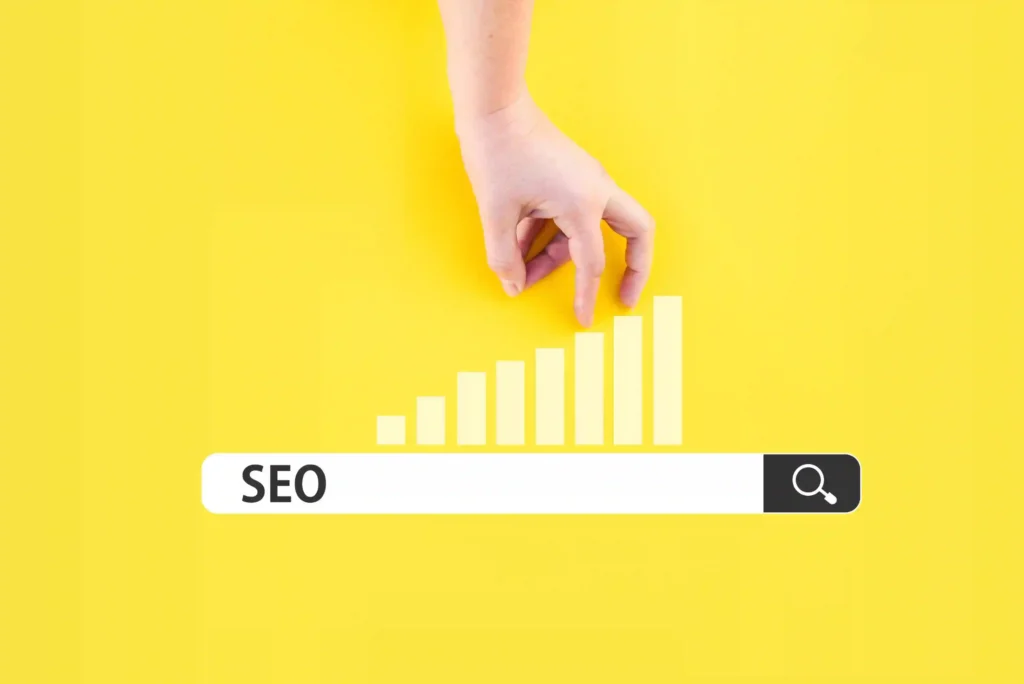
Adapting to the Changing Search Landscape
To stay competitive, you need to adapt—not react. At Vibe Branding, we work with clients who are constantly evolving their digital presence.
One of the first moves we make is conducting a content and UX audit to align with intent-driven search. In the age of AI Overviews, understanding not just what users search for—but why—is mission critical.
We optimize above-the-fold messaging, compress key value props, and add short-form multimedia to improve both click-through and user satisfaction. We’re also investing in platforms beyond Google.
Pinterest and Reddit, for example, are now search engines in their own right. Pinterest drives 36% of initial discovery for Gen Z, and Reddit’s structured Q&A threads rank faster for niche queries.
We’ve begun training clients on Reddit community engagement as part of SEO outreach. In terms of visibility, this is the diversification modern brands need.
Another major change is how we approach EEAT. It’s no longer about adding an author box and calling it a day. We’re embedding expert interviews, using third-party validation tools like Trustpilot, and linking client profiles across major networks.
These efforts signal legitimacy and build a holistic footprint for AI and humans alike. Most importantly, we encourage brands to invest in content hubs over one-off articles.
Structured information architecture gives your domain context, authority, and adaptability. It’s how we’re preparing for the next Google update—before it hits.
Implementing the Latest SEO Tech Without Starting From Scratch
You don’t have to rebuild your site from the ground up to stay ahead in SEO. With the right strategy, you can upgrade in phases.
For instance, we recently layered INP optimization into a client’s existing Core Web Vitals plan—no redesign required. Similarly, adding structured data enhancements only took a few hours with a JSON-LD template we built in-house.
If you’re already using an SEO tool like Semrush or Ahrefs, there are new AI-powered integrations that let you auto-generate outlines, identify SERP gaps, and prioritize backlink targets. We set up a system that alerts our content team whenever a keyword hits volatility.
That means we’re always the first to adjust, not the last to recover. Another win comes from using Lighthouse 11’s updated audit suite.
This tool now helps prioritize accessibility, interactivity, and load balancing. We made it a core part of our performance reporting to show clients measurable improvements in crawlability and indexation.
For link-building, we’ve shifted focus to return on investment. Tools now allow us to see which referring domains actually drive goal conversions.
This kind of clarity is what separates smart SEO from scattershot outreach. Bottom line: You can evolve without erasing what works.
The key is knowing what to upgrade, when to do it, and how to measure the impact.
Looking Ahead: What the Future Holds for SEO
As we look toward the rest of 2025 and beyond, a few trends stand out. First, AI will become a native part of search.
Not just assisting, but curating, filtering, and personalizing results on the fly. We’re already preparing clients by tagging their content in a way that aligns with generative engines.
Second, zero-click searches will dominate. This doesn’t mean the end of traffic—but it will shift how we define engagement.
Instead of relying solely on organic CTR, we’ll measure exposure, brand lift, and behavior flow within platforms like Google, YouTube, and LinkedIn. Third, we expect to see more transparency from Google.
The leaked documents and increasing pressure from the DOJ signal a future where ranking mechanisms may finally be audited. That could open doors for new platforms and fairer competition.
Finally, we believe the role of SEO will expand beyond websites. Optimization will become cross-platform—from web to voice, video, app stores, and beyond.
Smart marketers will stop thinking in silos and start thinking in ecosystems. This is why we stay obsessed with seo tech news—because when the future arrives, we want to be the ones shaping it.


